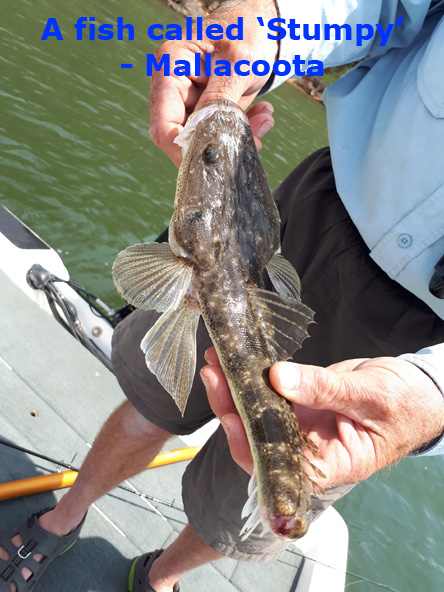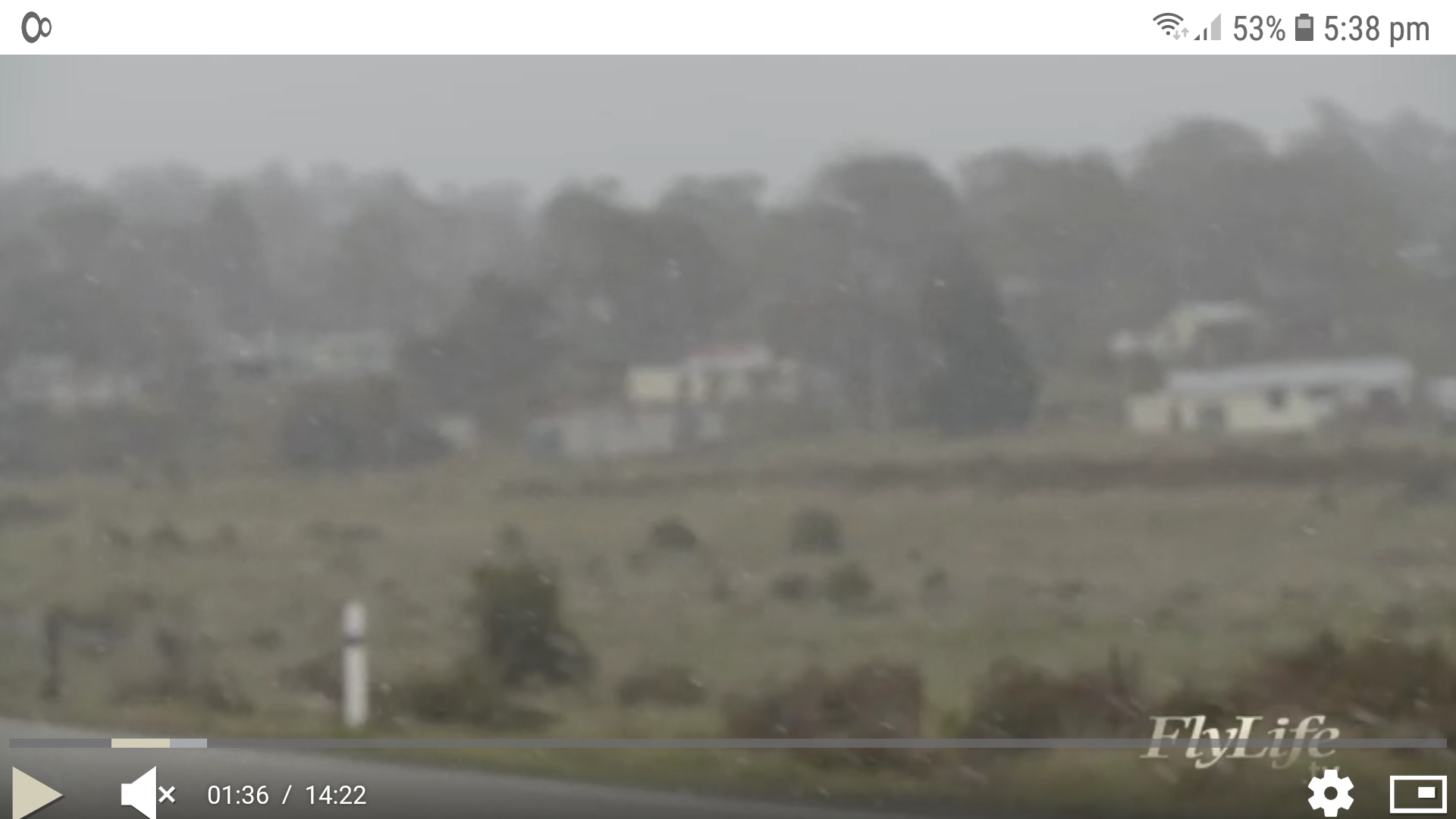Antia provided a copy of the 2019 ‘State of the Platypus Nation’ report. Makes for interesting reading, especially for any who have been helping out.
Author Archives: bill
Christmas 2019 Burley Line (Newsletter Issue 151)

This turned out to be a surprisingly large edition.
This month we have both a story from the President (thanks mate) but also one about him – Lost and Found.
Many thanks to Lyall for his comprehensive report on the World Championship – reads like a thriller except with pictures. Thanks also for Stefan’s very thoughtful piece on the recent Brogo trip – more and more this proves to be very worthwhile event, but watercraft seem to be the go.
This will be the last edition that Jason Q is involved with. Can I publicly acknowledge all the assistance he has given me, not least is picking up entire editions when I thoughtlessly make myself absent. He has been a great asset to Burley Line and will be sorely missed. If anyone would like to step into that void, discuss with him what it involves and drop an email to the burley-line address
Meantime, don’t be surprised if I ply you with a beverage in advance of asking you to volunteer to help.
Congratulations to those who stepped up to help out at the sausage sizzle at the Compleat Anglers First Birthday celebrations. Unfortunately I was interstate and fully committed.
Finally, the story of ‘Stumpy’, our cover photo this month. I was lucky enough to be invited for a few sessions fishing with local angling legend Steve Samuels. His skills extend past fly fishing to soft plastics. There we were on Mallacoota’s bottom lake, Steve calls the fish a good size looking at its head shaking, but when netted, it was revealed to be undersized! Clearly some pelagic likes flathead tails as much as me. I should have noted in the edition, Stumpy went back into the water to fight another day.
MAS Response to Feral Horse Number Survey
MAS has prepared a press release (distributed widely) responding to the discouraging numbers coming out of the recent survey report.
Cod Released into Lake Burley Griffin
Cod recently released into LBG and Compleat Angler spotted the Canberra Times article for us (thanks guys)
https://www.facebook.com/543892662804636/posts/696126324247935/?app=fbl

https://www.canberratimes.com.au/story/6545683/fish-release-a-cod-send-for-lake-burley-griffin
2019 Australian Alps feral horse aerial survey results released
Scary numbers show the population increasing dramatically.
Changes to Regulations for Bateman’s Bay
DPI have announced on their Facebook page a number of changes in the lead up to the school holidays.
See them here. (You shouldn’t need to be a Facebook user)
More Tagged Trout into Khancoban – DPI Science at Work
Another stocking of yearling trout into Khancoban will contribute to our knowledge on how to overcome predation by redfin.
(You shouldn’t need to be a Facebook user to view the post)
2019 World Fly Fishing Championship
If you haven’t been checking out the competition, you wouldn’t be aware of some of the wild weather they’ve been having in Tasmania. Our jet-setting Secretary has reported in:
Snow, hail and 100 km winds – great if you only want to cast in one direction and like surfing down the face of waves on Little Pine Lagoon in a boat !!!
There is a group of volunteers on the highland lakes, another on the lower rivers and another, including me, based here in Launceston. Launceston is having the best weather so I count myself lucky.

To see the reporting check out:
FlyLife.tv
We’re hoping Lyall can provide a short article for the next issue of Burley Line.
Progress of the development of the National Carp Control Plan (NCCP) – Final comments due 12th December
Three new issues paper and two new reports are now available for review and comment. Please login or register at https://yoursay.carp.gov.au/login to access these papers.
The NCCP “have your say” website will close on December 12. All comments will be provided to the Australian Government as part of their assessment of the next steps for the NCCP. Remaining NCCP research projects will be published on the NCCP website (https://www.carp.gov.au/) during December.
Issues Paper – Non-target species susceptibility testing and host-switching risk in carp biocontrol.
This paper summarises the work around determining if the carp virus is species specific.
…….
Issues Paper – Water quality and carp biocontrol using Cyprinid herpesvirus 3 (CyHV-3).
This NCCP issues paper explains research into the impacts of carp deaths on water quality.
…………..
Issues Paper – Managing water quality impacts by carcass management.
This NCCP issues paper outlines the approach to managing dead carp to mitigate impacts on water quality.
………
Report – Water quality risk assessment of carp biocontrol for Australian waterways.
This work undertaken by the University of Adelaide Environment Institute assessed what would happen to water quality if there was a surge in the number of dead carp in inland waterways.
……..
Report – Synergistic genetic biocontrol options for common carp.
This research reviewed genetic biocontrol options for carp in Australia that could possibly be used in co-ordination with other biocontrol methods such as the carp virus. This research was conducted by the University of Lausanne in Switzerland
Messy Dun Fly Fly Tying 27 Nov 2019 –

John tells us:
This month we will be tying a foam mayfly body, similar to the body Muz Wilson used on his Messy Dun fly.
The recipe includes:
- A long needle
- 2mm foam – colour of your choice
- Elk or reindeer hair for the tail
- Thread to match the foam.
In addition you will need to bring scissors or a knife to cut out the foam and your vice to hold the needle.
keyword dryfly
